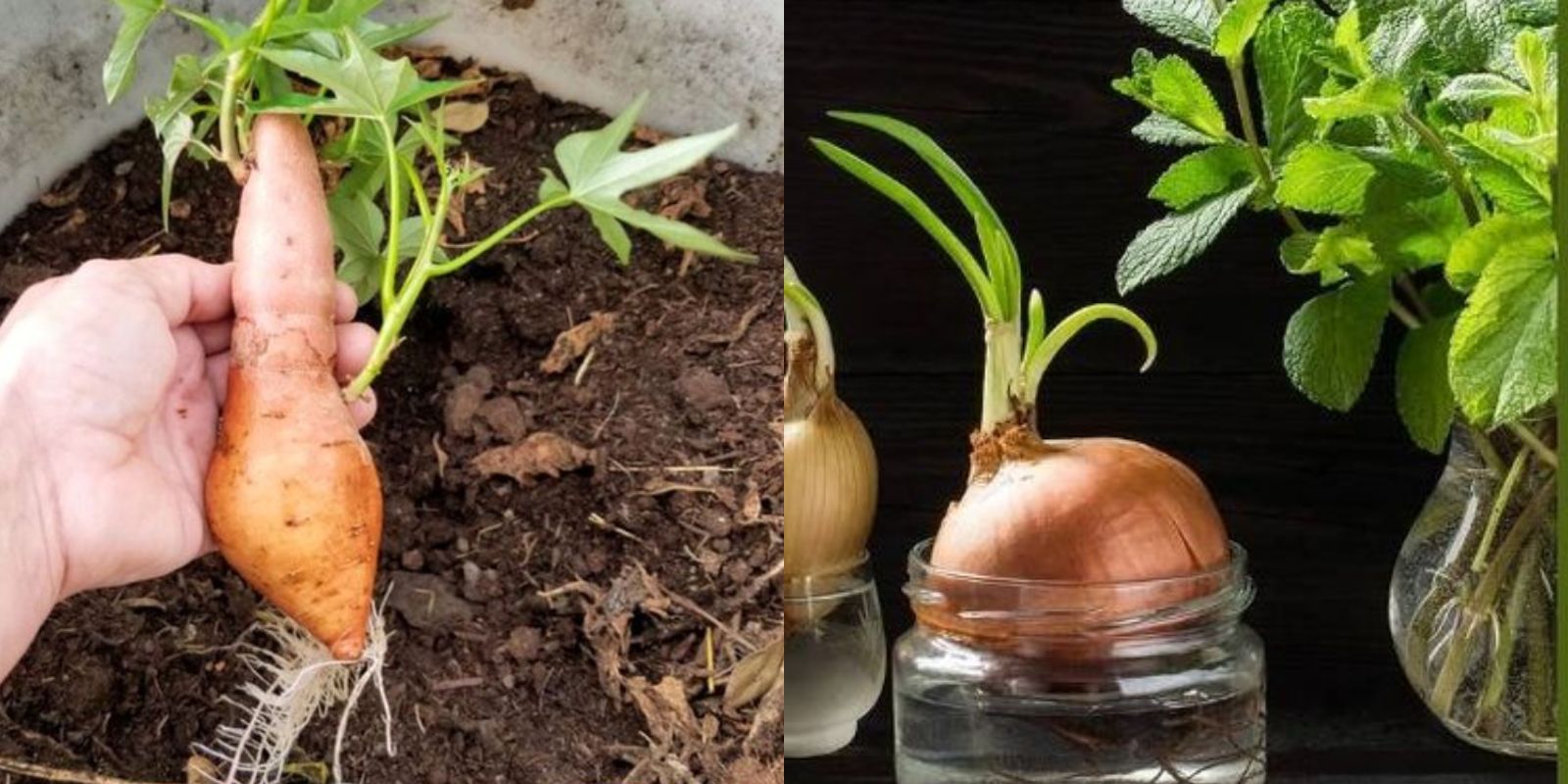The concept of growing your own fruit and vegetables has always been appealing, but many people are deterred by the lack of a traditional garden space. The good news is that you can cultivate a thriving indoor garden right from the comfort of your home, whether you have a balcony, a sunny windowsill, or even just a small countertop. This article will guide you through the process of growing fruit and vegetables at home without needing a garden, ensuring you can enjoy fresh produce year-round.
1. Choose the Right Containers
One of the first steps in setting up your indoor garden is selecting the appropriate containers. Almost any container can be used as long as it has drainage holes to prevent waterlogging. Here are a few options:
- Pots and Planters: Traditional pots are ideal for most indoor plants. Ensure they have sufficient drainage.
- Plastic Bottles: Cut-off soda bottles or milk jugs can be repurposed into planters.
- Old Buckets: Cleaned and drilled with holes, these make excellent larger planters.
- Hanging Baskets: Perfect for trailing plants and saving counter space.
Ensure the containers are sized appropriately for the plants you wish to grow. Larger pots are suitable for bigger plants like tomatoes, while smaller pots work well for herbs and lettuce.
2. Select Suitable Plants
Choosing the right plants for your indoor environment is crucial. Not all fruits and vegetables thrive indoors, so consider the following:
- Tomatoes: Dwarf or cherry varieties work well indoors. They need plenty of light.
- Lettuce and Leafy Greens: These grow quickly and don’t need as much light.
- Herbs: Basil, parsley, mint, and chives thrive in smaller containers.
- Peppers: Small chili varieties can adapt to indoor growing.
- Radishes: These grow quickly and are well-suited for containers.
Opt for varieties labeled as “dwarf” or “compact” which are specifically bred for container gardening.
3. Use Quality Potting Mix
The success of your indoor garden largely depends on the quality of the potting mix. Indoor plants need well-draining, nutrient-rich soil. Avoid using garden soil as it can become compacted and may contain pests or diseases. Instead, opt for:
- Potting Mixes: These are specially formulated for container plants and provide good aeration.
- Organic Compost: Enriches the soil with nutrients.
- Perlite or Vermiculite: Improves drainage and aeration.
Mix your potting soil with organic compost to ensure your plants get the nutrients they need for healthy growth.
4. Provide Adequate Light
Light is one of the most critical factors in indoor gardening. Most fruit and vegetable plants require a lot of light to thrive. Here’s how to provide it:
- Natural Light: Place containers in the sunniest spot available, usually a south-facing window. Ensure the plants get at least 6-8 hours of light per day.
- Grow Lights: If natural light is insufficient, use grow lights. LED or fluorescent grow lights are effective and can be adjusted to the needs of your plants. Position the lights close to the plants and set them on a timer to mimic natural light cycles.
Rotate plants occasionally to ensure even light exposure.
5. Water Regularly
Proper watering is essential for healthy plant growth. Over-watering or under-watering can lead to problems such as root rot or stunted growth. Follow these tips:
- Check Soil Moisture: Stick your finger about an inch into the soil. If it feels dry, it’s time to water.
- Water Thoroughly: Ensure water reaches the root zone. Water until it starts to drain out of the bottom of the container.
- Adjust Based on Needs: Different plants have different watering needs. For instance, tomatoes need more water than herbs.
Use a watering can with a fine spout or a drip irrigation system for precise watering.
6. Fertilize
Indoor plants benefit from regular feeding to replenish nutrients in the potting mix. Here’s how to fertilize effectively:
- Organic Fertilizers: Compost tea, fish emulsion, or seaweed extract provide a steady supply of nutrients.
- Balanced Fertilizers: Use a balanced, all-purpose fertilizer with equal parts nitrogen, phosphorus, and potassium (NPK) for general growth.
- Follow Instructions: Adhere to the recommended dosage to avoid over-fertilization, which can harm plants.
Fertilize according to the specific needs of each plant, typically every 2-4 weeks during the growing season.
7. Monitor Growth
Keep an eye on your plants to ensure they are healthy and free from pests or diseases:
- Check for Pests: Look for common indoor pests like aphids, spider mites, or whiteflies. Use insecticidal soap or neem oil if needed.
- Inspect for Diseases: Watch for signs of diseases such as mold or mildew. Ensure good air circulation and avoid wetting leaves to prevent fungal issues.
- Support Plants: Some plants may need stakes or cages to support their growth, especially as they mature.
Adjust care practices based on observations and plant needs.
Conclusion
Growing fruit and vegetables indoors is not only a practical solution for those without traditional garden space but also a fulfilling way to enhance your home environment. By selecting suitable plants, using the right containers and soil, providing adequate light, and maintaining proper watering and fertilization, you can enjoy fresh, homegrown produce all year round. Start your indoor garden today and discover the joys of cultivating your own fruits and vegetables without needing a garden!
Motivation:
Transform your indoor space into a lush, productive garden with these simple steps! Start growing your favorite fruits and vegetables today and relish the satisfaction of enjoying homegrown produce. 🌱🍅🍓

